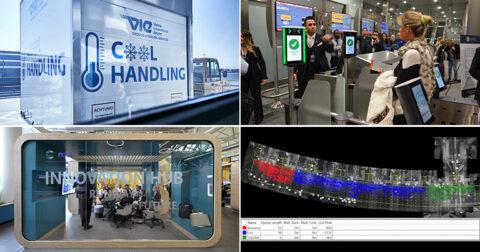The first phase of the transformative $2.15 billion PDX Next program at Portland International Airport (PDX) was completed last week with the opening of the upgraded main terminal, while Phase 2 will be finalised in early 2026. In this deep-dive interview ahead of his participation at FTE Global – the ‘CES of Aviation’ taking place in Los Angeles on 28-30 October 2024 – Christopher Neal, Director of PDX Next Operations, Port of Portland, explains how the investment is reimagining facilities with innovative tech and new approaches.
Register for FTE Global 2024 >>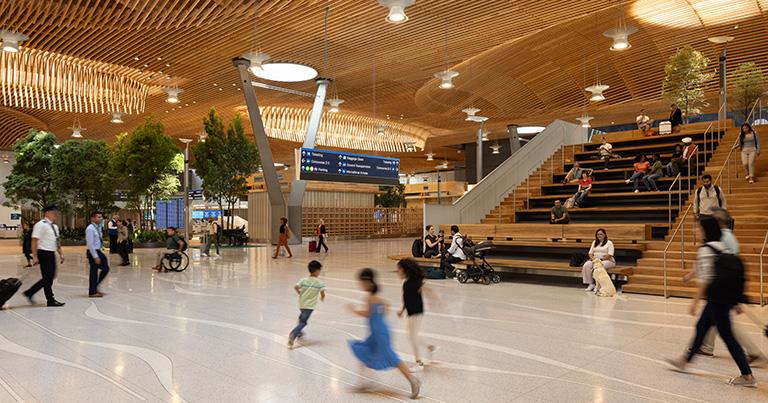
In what promises to be an illuminating presentation at FTE Global 2024, Neal will share a comprehensive of the PDX Next program, the ways in which it reflects the Pacific Northwest, and how it might inspire other air transport stakeholders around the world.
“The focus of my presentation is going to be on the decision to build the new PDX in partnership with local people and businesses, using local materials,” says Neal. “PDX was going to outgrow itself. The airport had to be updated to expand capacity, improve seismic resilience and energy efficiency, and have a more flexible layout for the future of travel.”
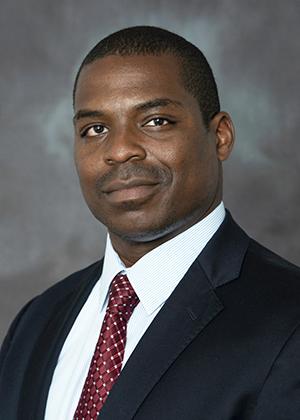
The Port of Portland saw an opportunity to approach this project in a different way. For example, making the choice to use wood because of its connection to the region and lower carbon footprint; to source as much as possible from ecologically-managed family-owned, community and tribal forests; and to work with local businesses throughout the process because of the positive economic impact across Oregon and Washington.
The western expansion of the new main terminal is the most transformative project in PDX Next. “The showpiece is the nine-acre mass timber roof, made entirely of Douglas fir from within 300 miles of the airport,” Neal explains. “It’s a feat of engineering and a reflection of what can be accomplished when the region comes together to do big things.”
The design of the new PDX is inspired by a walk through a Pacific Northwest forest and the idea – known as biophilic design – that introducing nature and natural elements into interior spaces can help reduce your blood pressure and make you feel more at ease. “That’s why travellers at PDX will find themselves surrounded by leafy foliage, organic shapes and colours, and natural materials and finishes,” Neal shares. “Improving the airport’s energy profile was another key area of investment. PDX will have nearly double the capacity, while cutting its energy use per square foot in half. We did this by installing the one of state’s largest ground source heat pumps, designed by PAE, bringing in natural daylight with skylights and floor-to-ceiling windows, and installing water saving fixtures.”
“Everything at the new PDX designed to make traveller experience better”
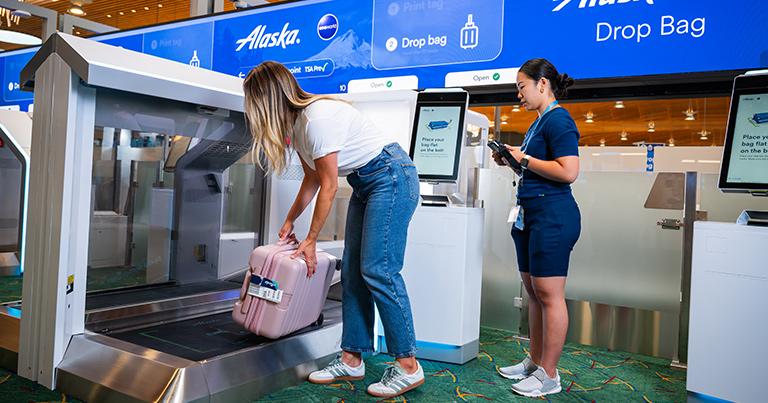
Innovative technologies are being implemented at Portland International Airport as part of PDX Next that are both optimising operations and enhancing the airport experience for travellers.
“Everything at the new PDX is designed to make the traveller experience better,” says Neal. “That means wider Transportation Security Administration (TSA) checkpoints with new state-of-the-art equipment – and more of it – to make the screening process more efficient. Alaska Airlines (a member of the FTE Baggage Innovation Working Group) has also introduced brand-new technology at PDX, including Apple iPad-powered bag tag stations that print tags with just the scan of a mobile boarding pass. Plus, they partnered with Embross to make it easy for travellers to use automated bag drop stations that scan and accept their checked baggage.”
With PDX Next, Portland International Airport has really emphasised the importance of focusing on community and people. It listened to what the region wanted at the new PDX, such as local shops and restaurants, iconic carpet and pre-security spaces, and that became the mission: to keep the heart and character of the airport while adding more of what the local community loves.
Accessibility has also been a key consideration from the outset. “At the start of this project, we consulted with about a dozen local organisations through PDX’s Accessibility Committee, like AARP Oregon, Autism Society of Oregon and Basic Rights Oregon, to better understand what design choices would improve accessibility for years to come,” Neal explains. “An outcome of that was the new all-user restrooms at PDX, a first for our airport. The project team also created clear lines of sight to support intuitive wayfinding, and redesigned signage to ensure consistent, high-contrast signs for better visibility.”
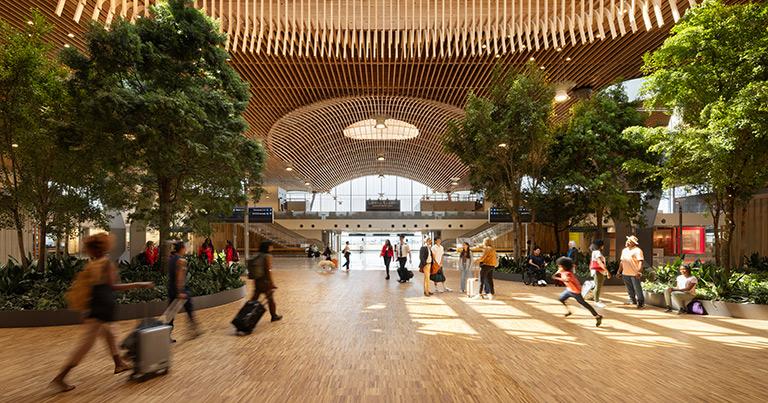
Part of the focus of Neal’s presentation at FTE Global 2024 will be on how PDX Next might inspire other air transport stakeholders around the world. A key piece of advice he will share is to challenge yourself to do things never done before. “So many puzzles the project team encountered, from sourcing wood for the roof to moving it piece-by-piece across the airfield, were solved through collaboration,” says Neal. “It’s incredible what we can accomplish when we come together to do big things.”
Also important is to test, test, and test again. PDX invited thousands of members of the community to its Operational Readiness and Airport Transfer (ORAT) trials – and made it a fun dress rehearsal for them – to help get ready for opening. This has helped the airport identify what needed to be improved or added, as well as what it should keep an eye on.
Looking ahead, Neal is eager to participate in FTE Global – the ‘CES of Aviation’ taking place in Los Angeles on 28-30 October 2024. “I’m extremely excited to share our experience and how others might join in our vision!”
Register for FTE Global 2024 >>